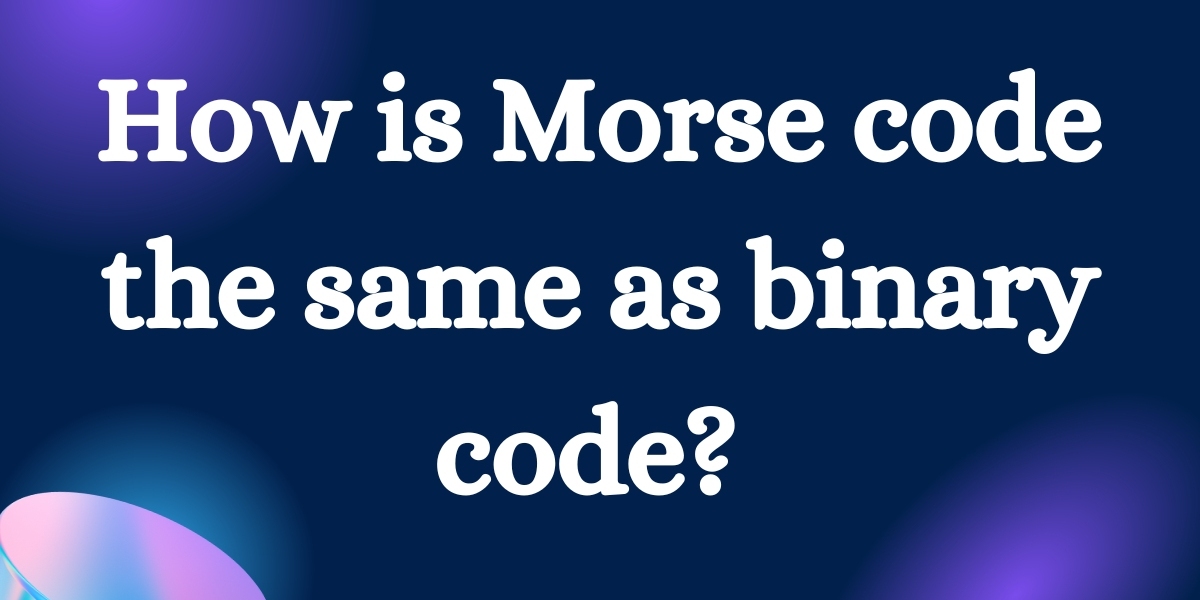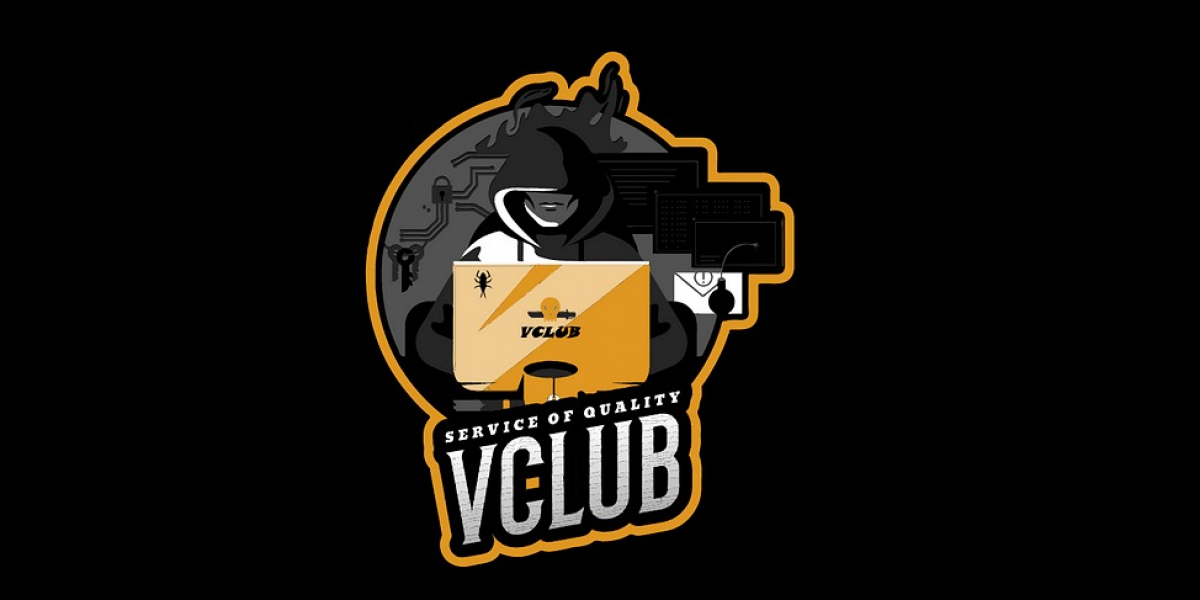Morse Code: Dots, Dashes, and Communication
Morse code, invented in the early 1830s, is a system for representing letters, numbers, and symbols by combining short and long signals (dots and dashes). The Morse Code Translator is a useful tool that converts alphanumeric characters into dots and dashes and vice versa. Morse code effectively transmits messages by using audio signals, which is a fundamental aspect of its functionality.
Binary Code: Ones, Zeros, and Digital Language
Binary code, on the other hand, is the foundation of digital communication, representing data with sequences of ones and zeros. This base-2 numbers system supports all digital technologies, converting data into binary codes for computer processing and communication. Binary code, while hidden to the untrained eye, serves as the backbone of modern computing, ensuring the storage and manipulation of information.
Uniting Principles of Encoding
The similarities between Morse code and binary code can be found in their encoding principles. While their symbols and representations differ (dots and dashes vs. ones and zeros), the fundamental idea of using sequences to represent data remains the same. Both systems systematically encode information, allowing for message transmission and decoding.
Translation and Interpretation
Both Morse code and binary code use translation systems, despite their distinct visual representations. The Morse Code Translator turns characters into visible signals, making human comprehension easier. Computers, on the other hand, understand binary code using complex processes that convert strings of ones and zeros into meaningful information such as text, images, or instructions.
Efficiency and Versatility
Morse code and binary code each have unique benefits in their respective domains. The flexibility of Morse code across various transmission mediums—audio, visual, and tactile—allows for versatile communication. Similarly, the simplified representation of data in binary code ensures efficient storage and manipulation within computer systems.
Conclusion: Bridging the Divide
While Morse code and binary code appear to operate in almost distinct domains—human communication instead of digital computing—their similarities are unchangeable. Both systems use systematic encoding, translators for understanding, and structured patterns to efficiently communicate information. Understanding these relationships provides light on the fundamental encoding and communication principles that support various forms of information exchange.
In essence, the Morse code and binary code share a spirit in their ability to translate information into understandable formats, creating connections and enabling communication across various realms of human interaction and technological advancement.









